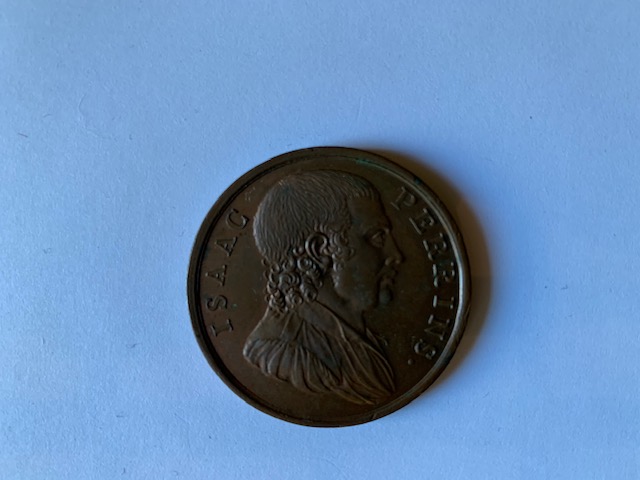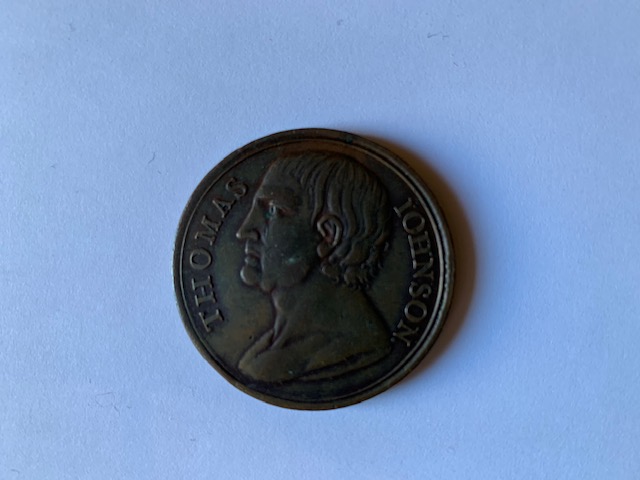Tim Robson
OWN A PIECE OF BOXING HISTORY
“One of the hardest, cleanest and most brilliant encounters that ever took place” - St Joseph Gazette, Missouri, 1910
Imagine you are one of 3,000 or more spectators in the open air at Banbury in Oxfordshire on 22nd November 1789, expectant, your bet placed, anticipating the fight of the century. In front of you is a raised stage, some 24ft square, railed around its edges and covered in turf. Your fellow spectators are a mix of gentry, nobility and the great unwashed. You are here to witness the reigning Heavyweight Champion, Tom Johnson, defend his title against his giant-of-a-man opponent Isaac Perrins, in what is known as pugilism; bare-knuckle fighting.
Pugilism was popular in England at this time as it
embodied raw courage and was regarded as fair and vaguely chivalrous, supported by everyone from the Prince (later George IV) and his brothers, to the nobility and general populace. This event was widely reported both in England and overseas. The boxers at the top end of the scale could earn upwards of 100 guineas for a fight as well as a percentage of the gate. The sport was centred on London (in season before the nobility retired to their country estates) and Birmingham and there was much competition between the two cities; this fight was a case in point with Perrins being from Birmingham.


The crowd roared as the two fighters entered the ring and the favourite Perrins at 2-1, one of the strongest men in England with a fearsome reputation of flooring his opponents in under 5 minutes, faced the spectators. At 6ft 2 inches he was a full 4 inches taller than his opponent Johnson who looked puny next to this giant. You must have felt confident in your bet. Their respective weights were Perrins at 238 pounds (who had recently lifted 896 pounds of iron easily) and Thomson at 196 pounds.
The fight was controversial as Johnson began by “shifting” (dancing around the ring) which was regarded as unsporting; the custom was to stand and slug it out, which in this case would have resulted in Johnson’s early exit. This titanic contest was fought over 62 rounds lasting 75 minutes! Johnson was acclaimed the winner and Perrins was utterly exhausted.
Each of the contestants was paid 250 guineas; Johnson as winner received a further two thirds of the £800 gate money and Perrins the remaining third. You would have lost your bet, but one of your
fellow spectators, Thomas Bullock, won £20,000 (equivalent to £220,000 today) from which he gave Johnson £1,000.
The copper medals illustrated here were struck to commemorate this famous fight and the two fighters. The obverse of each has a portrait of the fighter and the reverse a legend, Bella! Horrida bella! (from Virgil – Wars! Horrible wars!); around the edge for Perrins, Strength and Magnanimity, and for Johnson, Science and Integrity.
Of the fighters Perrins, an engineer by trade (working for Boulton and Watt), enjoyed a full life and retired with his pub; Johnson gambled away his money and ended life penniless in Ireland. The National Portrait Gallery has two pictures of the fight and there are numerous contemporary and later prints depicting the day.
If you are interested in purchasing these two medals please contact Tim Robson 020 763 4007 or [email protected].
